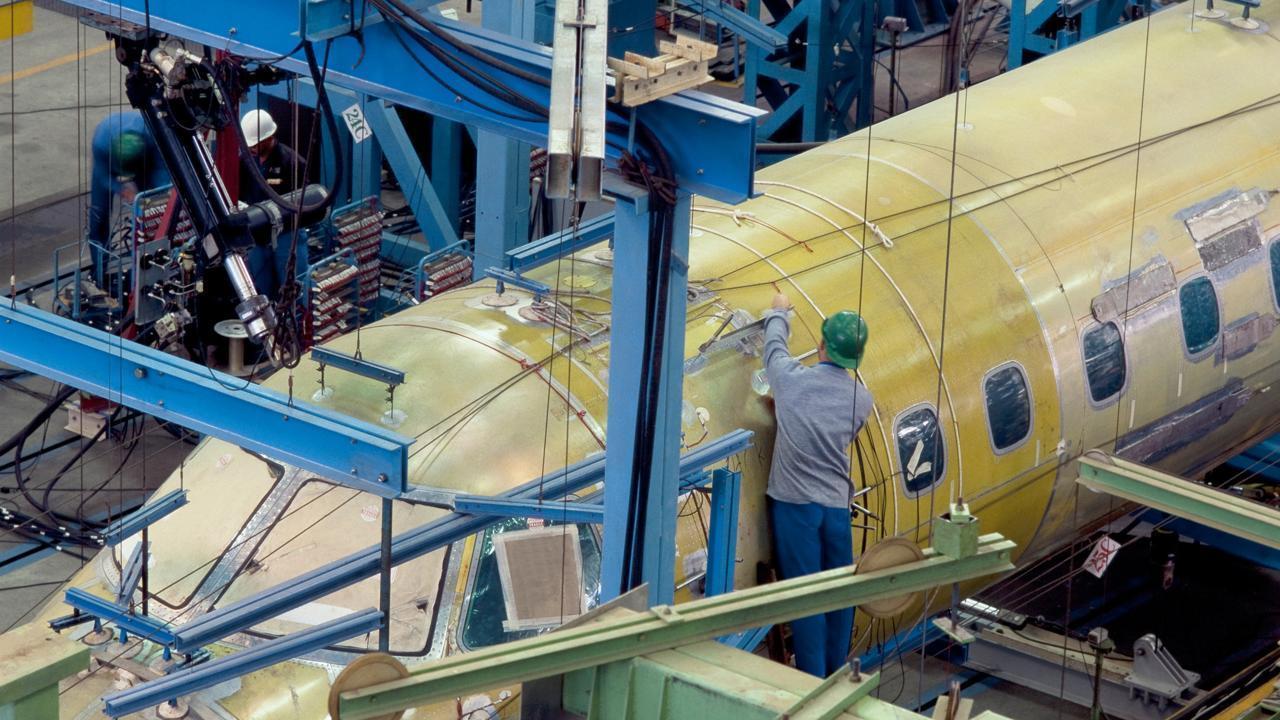
Post by : Amit
Global Aerospace Supply Chains Struggle as Cost Pressures and Complexity Escalate
The global aerospace industry is witnessing a remarkable surge in demand for new aircraft and aviation services. But behind the soaring growth figures lies a deepening supply chain crisis that’s threatening to derail production timelines and dent profitability across the board. A new report by Accenture, Aerospace Resilience Outlook 2025, released today, warns that the aviation supply chain is being squeezed by an unprecedented convergence of cost inflation, logistics bottlenecks, labor shortages, and regulatory burdens.
The report, based on data gathered from 124 suppliers and 15 OEMs across North America, Europe, Asia-Pacific, and South America, reveals that supplier costs have risen by an average of 18% since 2023—the steepest spike in over a decade. The situation is especially precarious for Tier 2 and Tier 3 vendors, who form the backbone of aerospace manufacturing but often lack the financial resilience to absorb large-scale disruptions.
Aircraft Demand Soars, But Deliveries Stumble
Post-pandemic travel demand has returned with unexpected strength. Airlines across Asia-Pacific, Middle East, and North America are placing orders for narrowbody and widebody jets to serve booming passenger and cargo traffic. However, the industry’s ability to deliver these aircraft on time is being hindered by a fractured supply chain.
Take Airbus, for instance. The European aerospace giant had set an ambitious target of delivering 900 aircraft in 2025—a record-breaking number. But according to the report, persistent shortages of cabin interior modules, avionics components, and even bolts and fasteners are threatening to slow the production pace. Its A320neo and A350 programs have reported consistent delays over the past two quarters.
Boeing, still recovering from earlier quality control issues, is also facing renewed turbulence. The report points out lingering challenges with supplier re-certification and sub-tier disruptions in its 737 MAX and 787 programs. Multiple suppliers in India and Eastern Europe reported order backlogs extending beyond six months.
Cost Drivers: The Triple Squeeze on Aerospace Suppliers
The report identifies three dominant cost escalators: materials, labor, and regulatory compliance.
Materials: Aerospace-grade metals—aluminum, titanium, and composites—have seen price increases of 14–22% year-on-year. A major contributor has been disrupted supply from Eastern Europe and China. Add to this the rising cost of rare earths essential for aircraft electronics, and suppliers find themselves in a procurement trap with limited alternatives.
Labor: The global shortage of skilled technical workers—particularly welders, CNC machinists, aerospace engineers, and inspectors—is pushing up labor costs. In the U.S. and EU, wage growth in the aerospace sector has outpaced inflation. Training new talent is proving too slow to match the industry's production recovery targets.
Compliance: With the industry’s growing focus on sustainability, suppliers now have to adhere to stricter rules. From Scope 3 emissions reporting to REACH (Registration, Evaluation, Authorisation and Restriction of Chemicals) compliance in Europe, paperwork and monitoring costs are adding further strain. Smaller suppliers report spending up to 12% of their revenue on compliance-related functions alone.
Localization and Nearshoring Become Urgent Strategies
To cope with global instability and cost volatility, major OEMs and Tier 1 suppliers are fast-tracking localization and nearshoring strategies. The report details a growing list of realignment moves by key aerospace players.
These shifts are not just strategic—many are survival tactics. With shipping routes affected by ongoing tensions in the Red Sea and unpredictable fuel costs, regionalizing manufacturing networks is now a top priority.
Multi-Tier Risk Mapping: A Digital Push to See the Invisible
An important shift highlighted in the report is the growing adoption of multi-tier risk mapping platforms. Traditionally, OEMs and Tier 1s had visibility only into their immediate suppliers. However, recent disruptions—like the grounding of fleets due to a single fastener plant’s shutdown—have made supply chain transparency a board-level issue.
Accenture notes that several OEMs are investing in AI-powered digital twin platforms that can simulate disruptions, track real-time supplier KPIs, and provide heat maps for geographic and component-specific risks.
This digital transformation, while capital-intensive, is being embraced as a necessity rather than an option.
Dual Sourcing: Trading Simplicity for Security
Another trend emerging from the data is the adoption of dual or multi-sourcing strategies. OEMs that once relied on a single trusted vendor for key parts are now splitting contracts between two or more suppliers to ensure uninterrupted flow.
This comes at a cost: higher inventory, logistics complexity, and added coordination. But as several OEM executives quoted in the report admit, the price of not doing it is even higher.
For example, a Tier 1 supplier for hydraulic actuators now sources base components from both Czech Republic and South Korea. While this added 7% to annual procurement cost, it also reduced downtime by 50% during a recent regional outage.
Expert Voice: “Boardrooms Are Now Watching Supply Chains”
Danielle Rothman, Global Aviation Lead at Accenture, says the change is not just operational but philosophical.
“For decades, aerospace supply chains operated quietly in the background—efficient, lean, but brittle. That era is over. Today, boardrooms are paying as much attention to supply chain dashboards as they are to sales reports. It’s a seismic shift.”
According to Rothman, the emphasis in 2025 is not just on production capacity, but on resilience, adaptability, and traceability.
Elevated Baselines, Smarter Strategies
The report concludes with a cautiously optimistic forecast. While global supply chain conditions are expected to normalize by late 2026, the new normal will come with elevated cost baselines. Material and compliance costs are unlikely to return to pre-2020 levels.
To remain competitive, the report recommends that aviation companies:
OEMs are also being urged to provide financial support and technical assistance to Tier 2/3 suppliers, especially in high-potential regions like India, Vietnam, and Brazil.
Resilience Is the New Efficiency
The Accenture report paints a clear picture: efficiency alone can no longer sustain aerospace manufacturing. In a world marked by geopolitical shocks, environmental mandates, and volatile demand cycles, resilience is now the benchmark.
From AI-driven supply chains and re-shored production units to smarter inventory systems and sustainability-linked audits, the entire industry is in transformation. And while the road ahead is complex, those who adapt fastest—balancing innovation with localization and technology with transparency—will define the next era of aerospace.
Global Aerospace Supply Chain
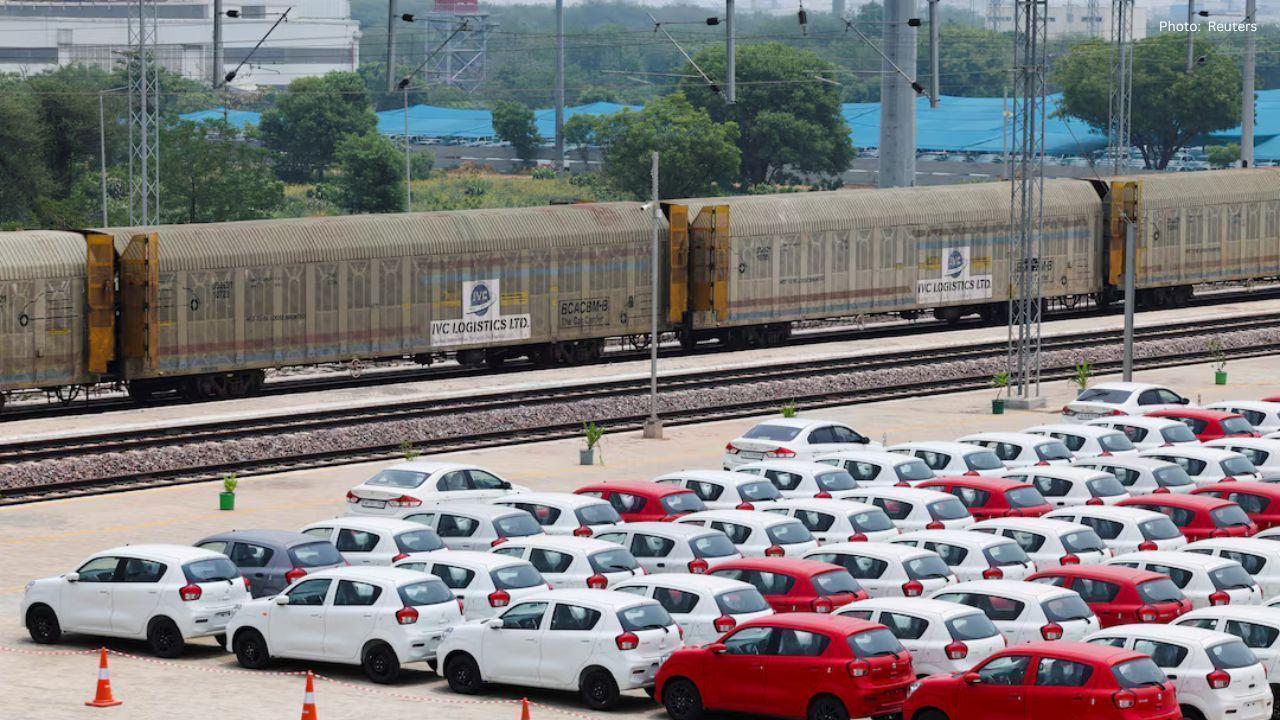
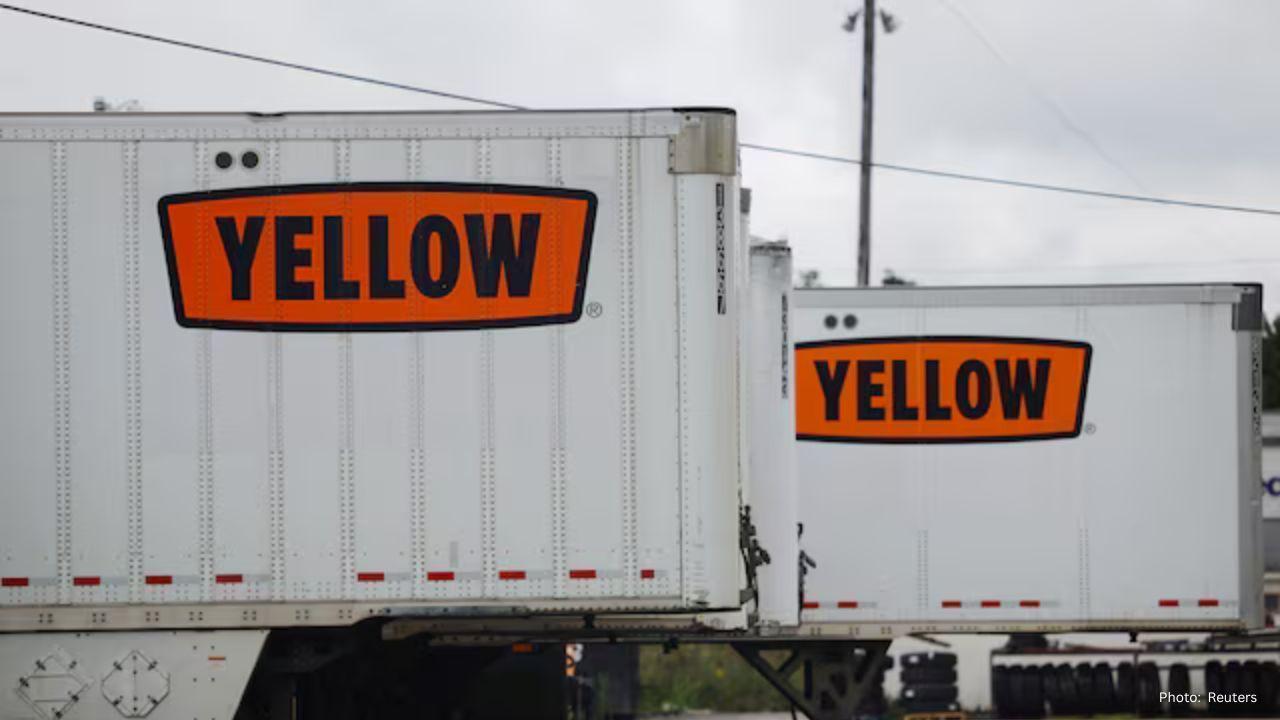
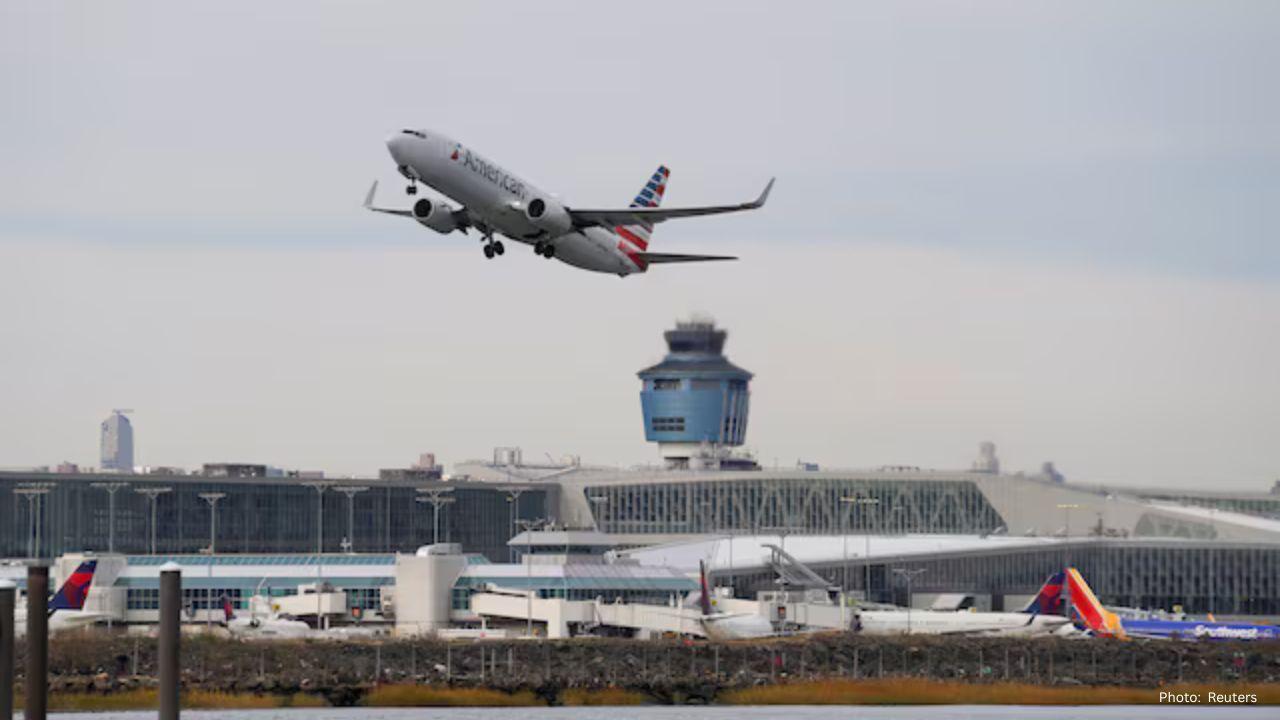
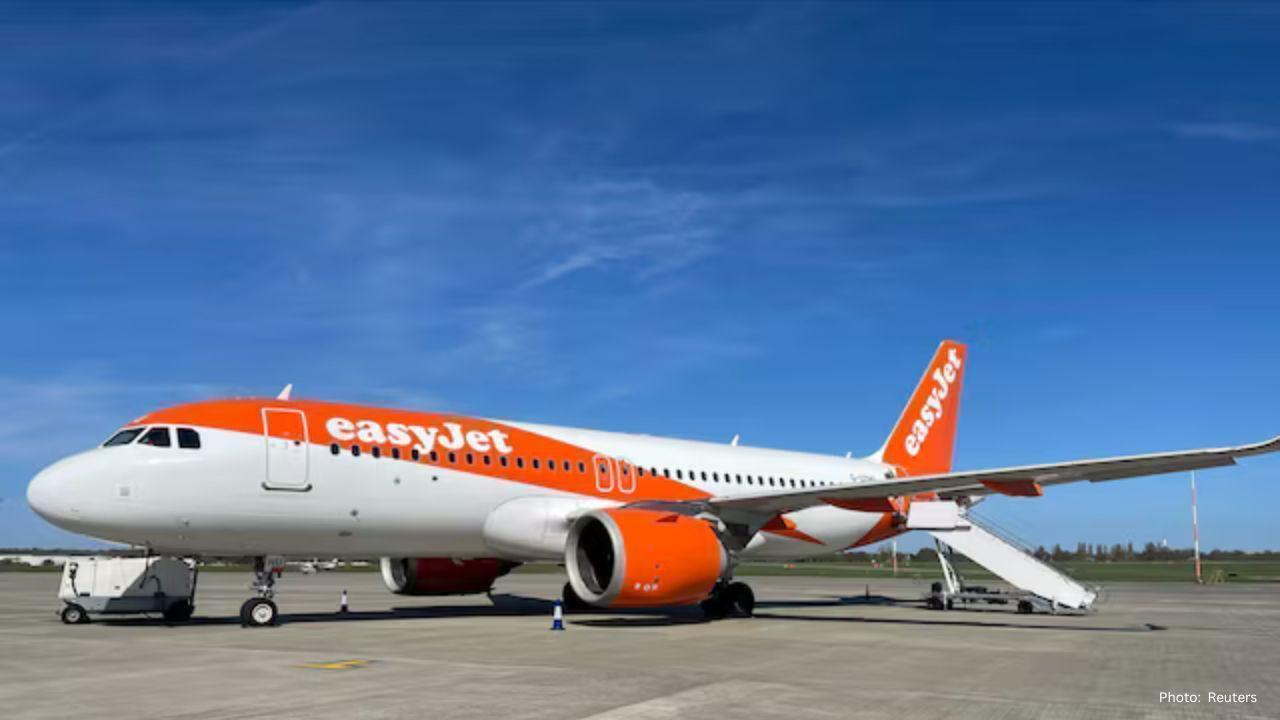




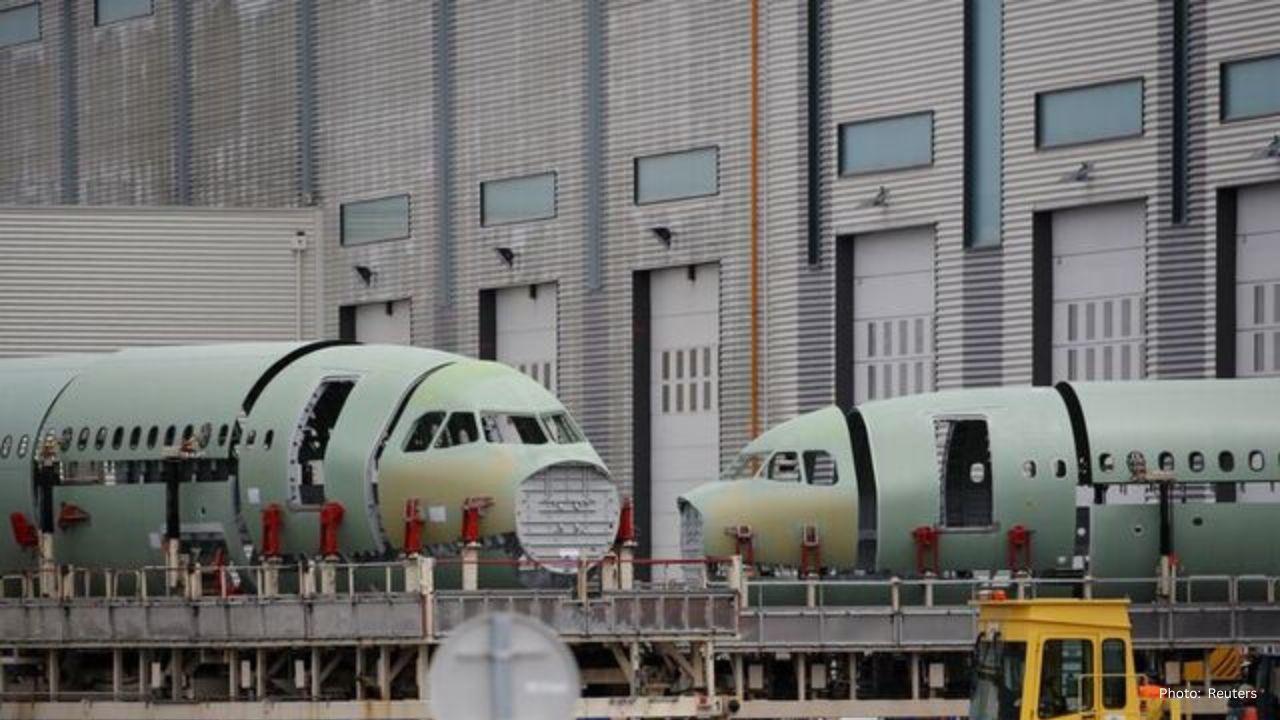
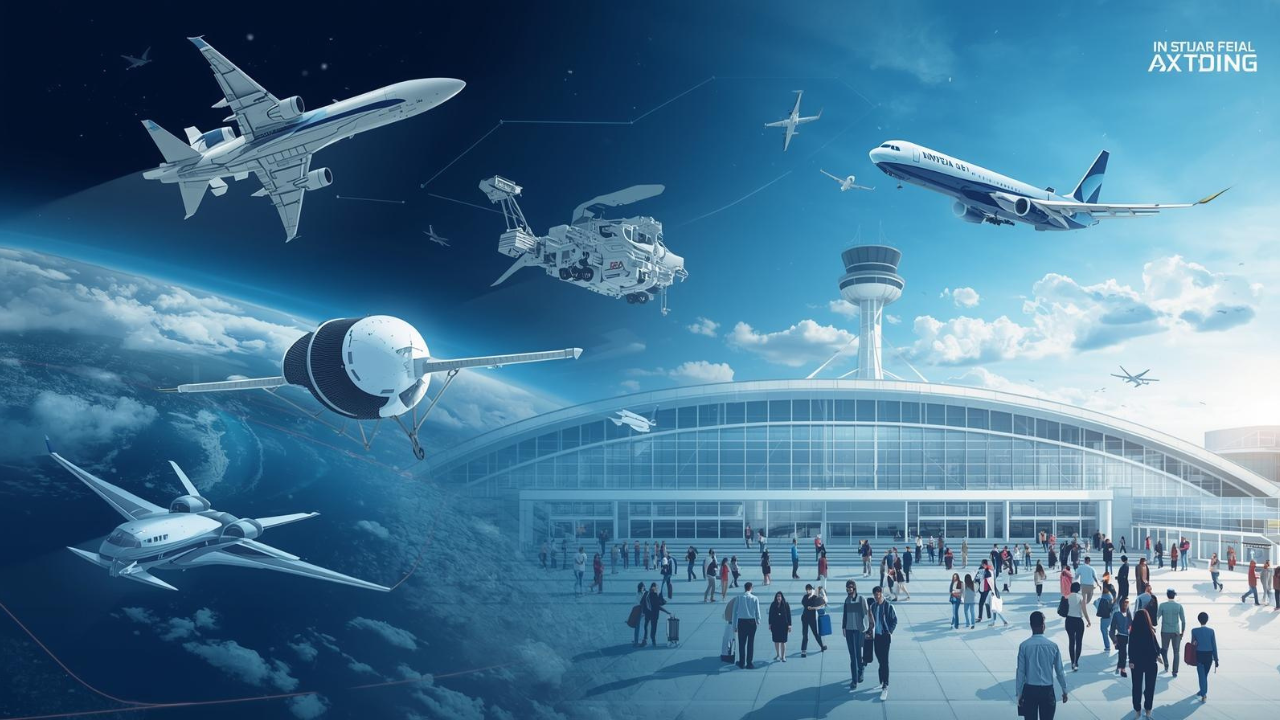
Advances in Aerospace Technology and Commercial Aviation Recovery
Insights into breakthrough aerospace technologies and commercial aviation’s recovery amid 2025 chall
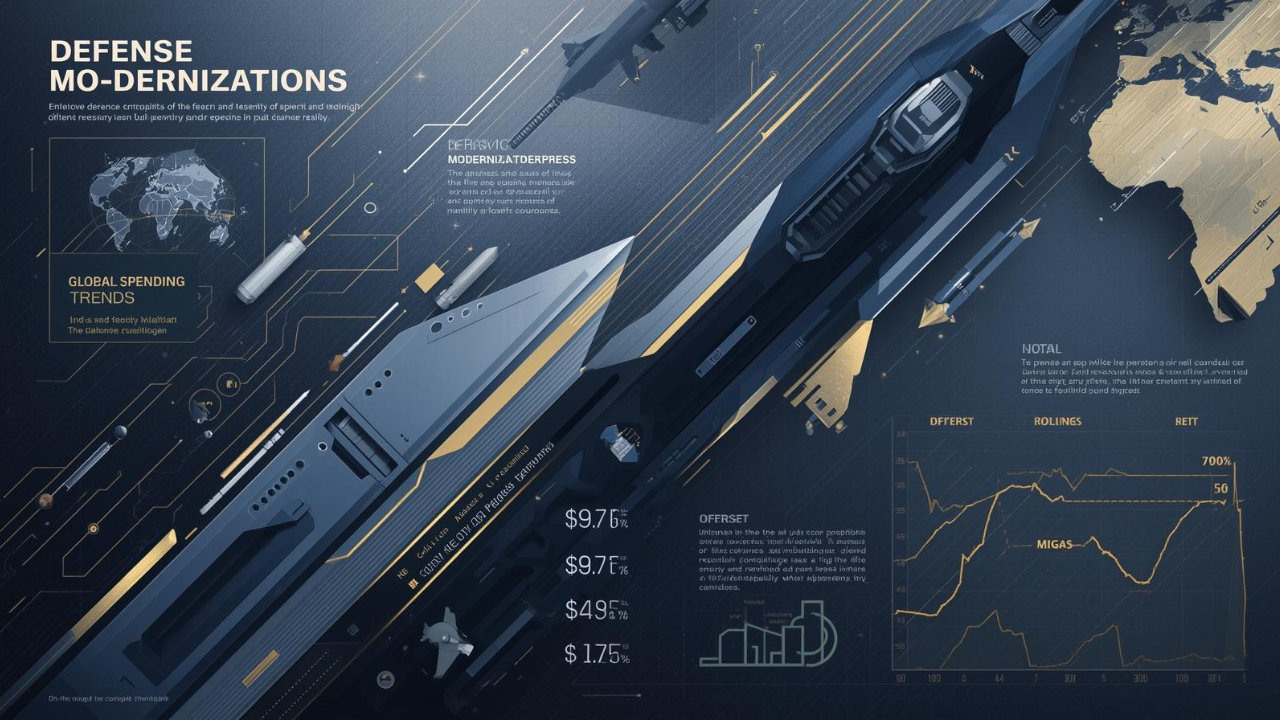
Defense Modernization and Strategic Spending Trends
Explore key trends in global defense modernization and strategic military spending shaping 2025 secu

Tens of Thousands Protest in Serbia on Anniversary of Deadly Roof Collapse
Tens of thousands in Novi Sad mark a year since a deadly station roof collapse that killed 16, prote

Canada PM Carney Apologizes to Trump Over Controversial Reagan Anti-Tariff Ad
Canadian PM Mark Carney apologized to President Trump over an Ontario anti-tariff ad quoting Reagan,

The ad that stirred a hornets nest, and made Canadian PM Carney say sorry to Trump
Canadian PM Mark Carney apologizes to US President Trump after a tariff-related ad causes diplomatic

Bengaluru-Mumbai Superfast Train Approved After 30-Year Wait
Railways approves new superfast train connecting Bengaluru and Mumbai, ending a 30-year demand, easi